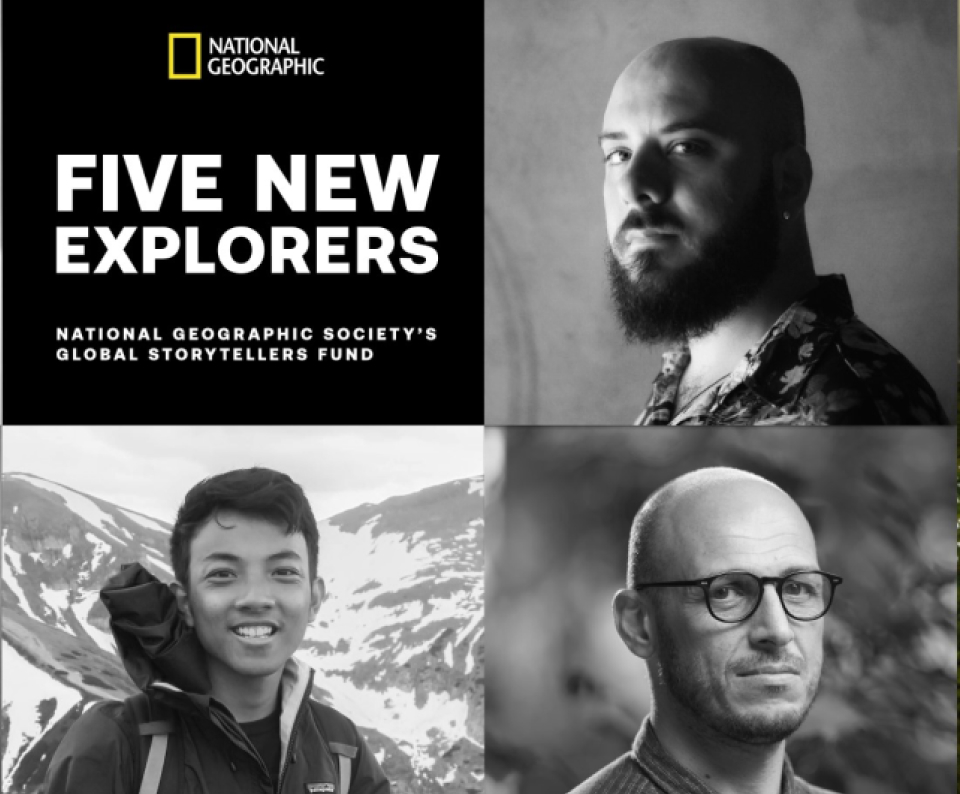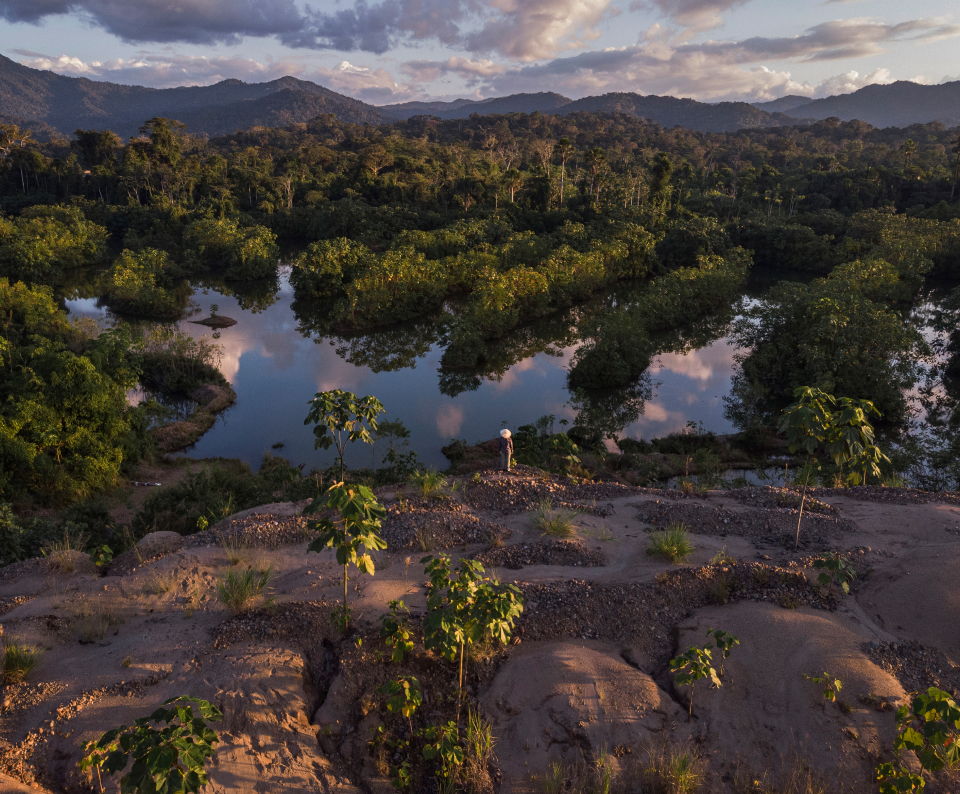In May 2022, the National Geographic Society announced a collaboration with The Climate Pledge to support climate storytelling as part of the Society’s Global Storyteller’s Fund. This collaboration will support 15 National Geographic Explorers over three years to document the global climate crisis. Documentary photographer and filmmaker Asha Stuart is one of the first five climate storytellers supported through this collaboration. Asha will produce a documentary that portrays climate-related environmental justice themes: Black and Brown neighborhoods being at higher risk of flooding and how extreme heat weather is disproportionately affecting people of color.
Sally Fouts: From the Rohingya refugee crisis to the isolated and reclusive Siddi people, you’ve traveled the world to tell the stories of marginalized communities facing injustice. What draws you to these stories?
Asha Stuart: I've always been fascinated with tribal communities and distinct cultures. My interest in environmental storytelling stems from the realization that environmental stories on distressed communities have been under-documented for decades. As a storyteller, my mission is to visually bridge people to places and communities around the world that I feel should have their voice heard. The purpose of my work is to document and visually unpack the layers of societal issues that create barriers for people of color to live and thrive in a safe environment. As our environment continues to change, it's important for me to tell stories that embody a new era of global history that is etched into the soul of current times.












